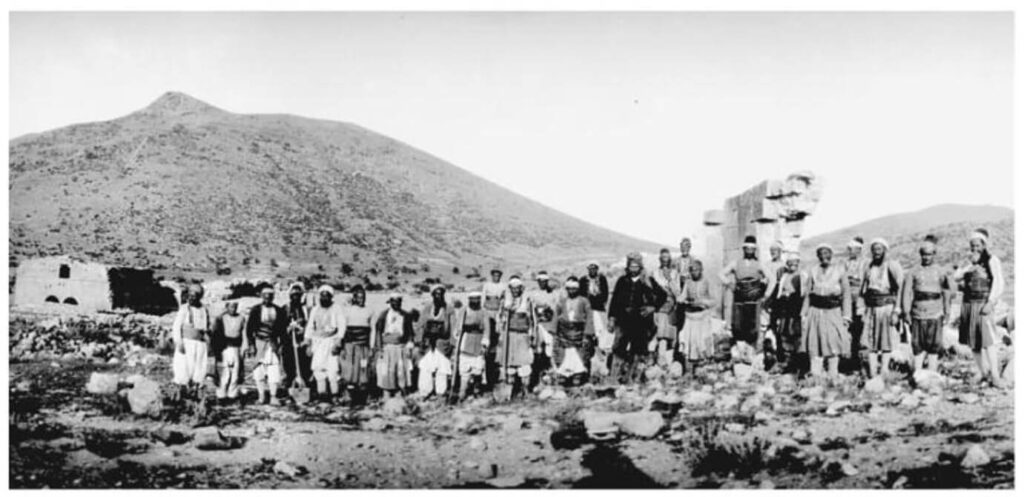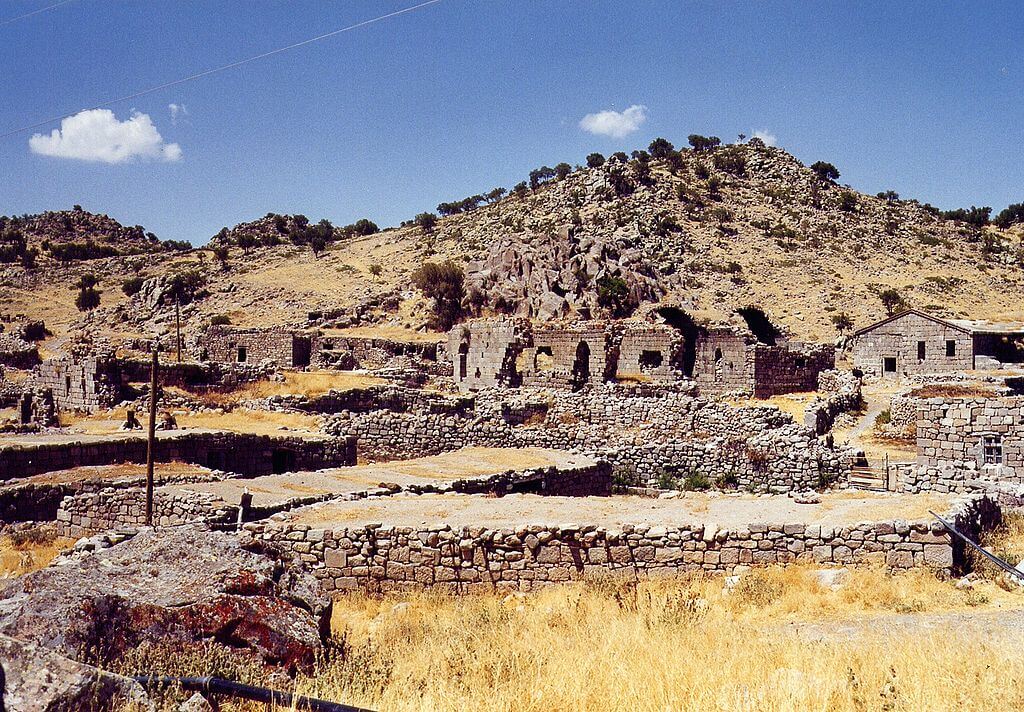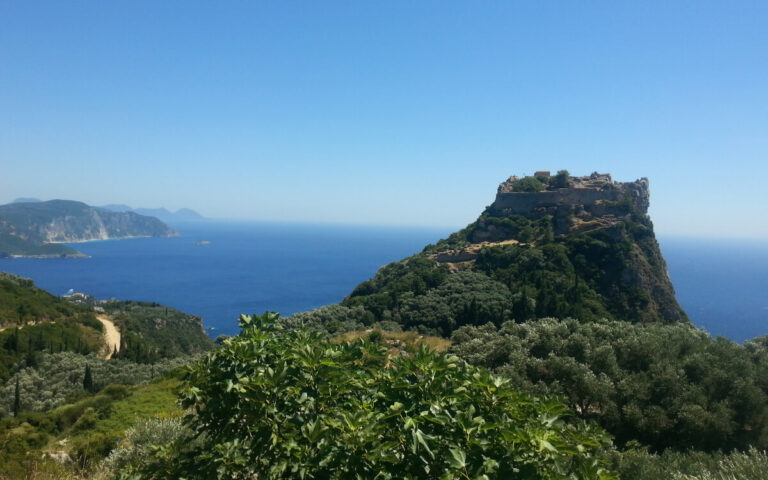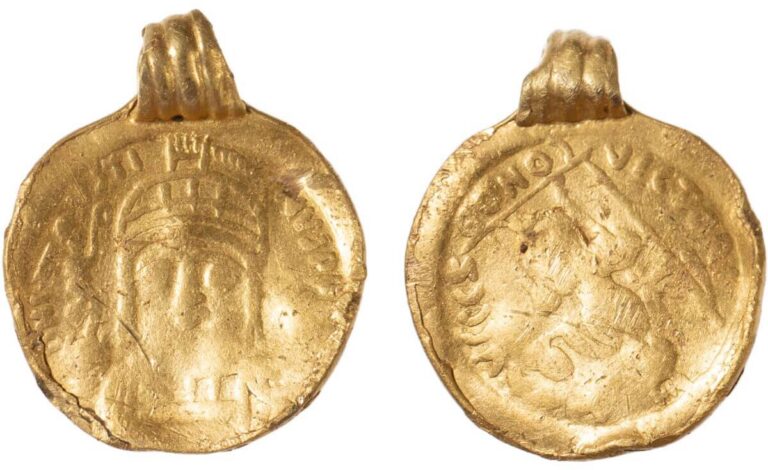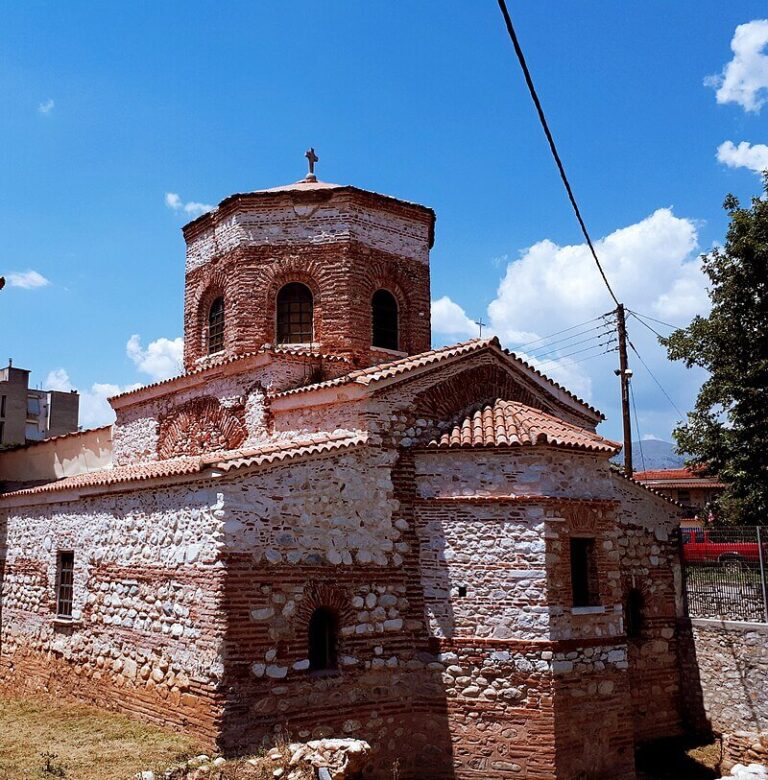Binbirkilise, the ruined city of a thousand and one churches
Binbirkilise, meaning “thousand and one churches” in Turkish, reflects the rich monumental legacy of this abandoned city in the region of Lykaonia, near modern-day Karaman, Anatolia. In medieval times, the site was likely known as Barata. From the 4th to the 12th century, it was an important cultural and religious center for Christians, serving as the seat of a bishop. The city maintained its significance until the 12th century, when Byzantine influence in the region finally diminished following the Turkish arrival.
While the figure of a thousand and one churches may seem widely exaggerated today, it highlights the religious significance of the location when the Turks first arrived in the area. Despite time, weathering, and the reuse of many stones reducing the site’s architectural remains, the ruins of nearly 50 churches are still visible, along with cisterns and fortifications that once sustained the city.
The lower city and the flourishing in the early byzantine period.
The ruins of Binbirkilise are mostly concentrated in three key areas: Madenşehri, Değle, and Üçkuyu. The lower city, located in Madenşehri, predominantly features vaulted basilicas built from large cut stone blocks. These basilicas were topped with stone domed roofs rather than flat wooden ones, as the region had limited access to wood. The remains also include an octagonal church, believed to be a martyrium—a structure built to commemorate Christian martyrs. This lower town flourished between the 4th and 7th centuries, but Arab invasions during the 7th century forced the population to seek refuge in higher areas. The lower city was reoccupied in the 9th century after Byzantine forces managed to secure their borders.
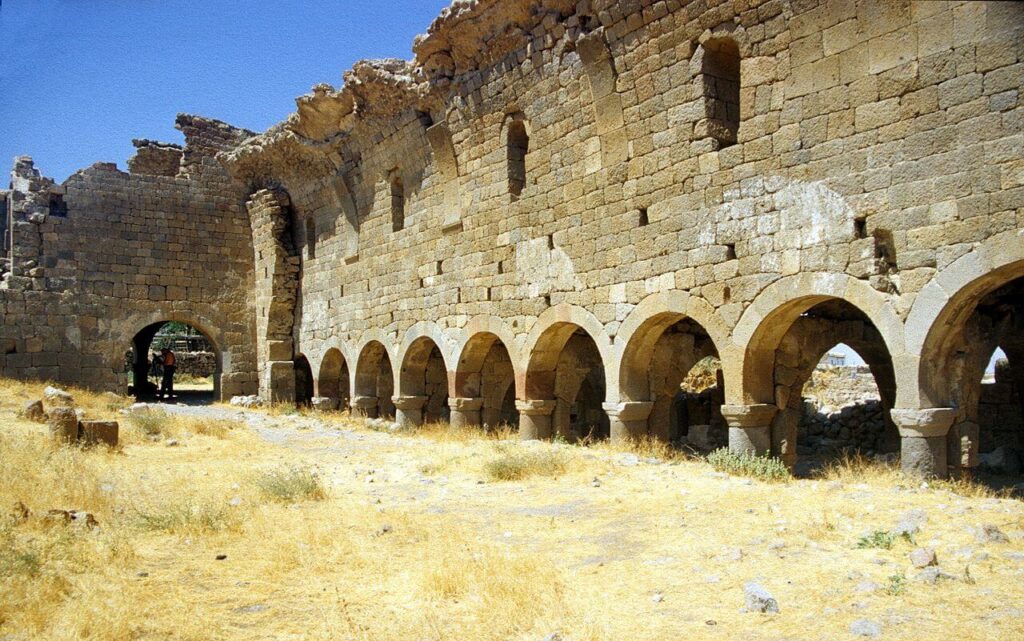
The upper city: A refuge from invasions.
The upper settlement of Binbirkilise served as a refuge during Arab invasions in the 7th and 8th centuries. This area is distinguished by its cross-in-square churches, built using less refined masonry than those in the lower city. However, these churches include decorative brickwork, showcasing a different stylistic approach that reflects the changing architectural trends of the time.

One of the buildings, labeled as Church 39, is located next to the neighboring church (number 32). It is a nine-bayed, cross-in-square hall. A central tower rises above the lower vaults, and a wall includes niches and bands of bricks. This construction technique most likely indicates construction from the Middle Byzantine period and corresponds to a variety of centrally planned halls found in the rock-cut complexes of Cappadocia. Haynes and Bell both assumed that it was part of a monastery; however, the complex may, in fact, be a secular residence.
The rediscovery of Binbirkilise.
In the 19th century, scholarly interest in the architectural legacy of Anatolia began to rise and the ruins of Binbirkilise start attracting attention for the wide numbers of church remains. The first Westerner to thouroughly document his visit to Binbirkilise was John Henry Haynes, who took a series of photographs of the churches in 1887. These pictures, which remained relatively obscure after their publication, are important because the buildings suffered significant damage in the following years.
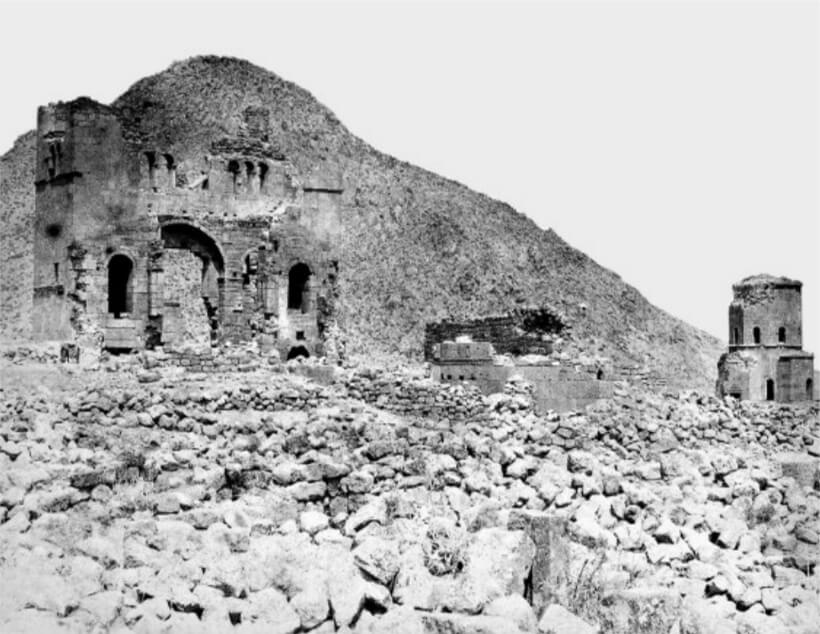
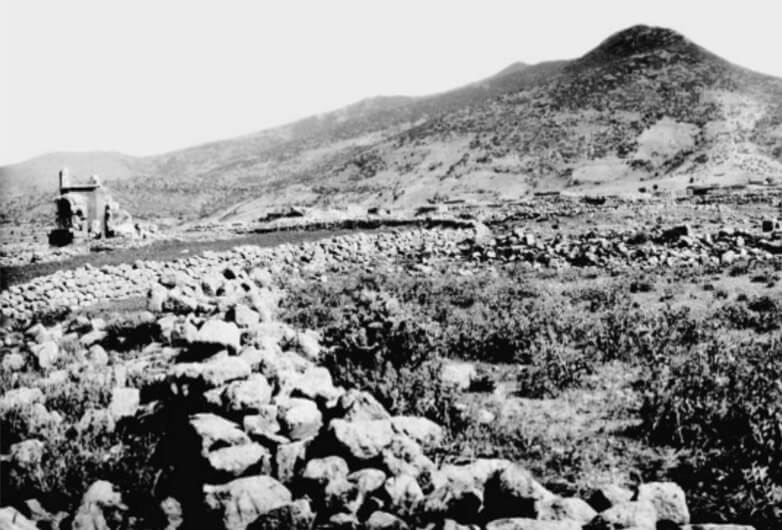
In 1904, Carl Holzmann published sketches of the site. However, the primary field research at Binbirkilise was conducted by Gertrude Bell, a renowned British traveler and archaeologist. She explored the region in 1905 during her travels across Asia Minor. Two years later, she teamed up with archaeologist William Mitchell Ramsay to conduct excavations at Binbirkilise in 1907. Their work was instrumental in bringing this forgotten site back into both academic and public interest.
